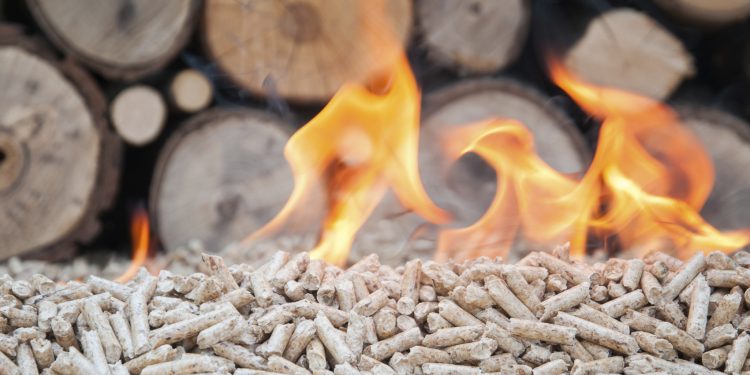Proximate Analysis: Unlocking the energy potential of biomass
Biomass, derived from organic materials such as plants and waste, has emerged as a promising source of renewable energy.
To harness its full potential, understanding the composition of biomass is crucial. Proximate analysis, a technique that breaks down biomass into its essential components, serves as a cornerstone in optimizing energy generation from this sustainable resource.
Proximate analysis involves the determination of the major components of biomass, providing insights into its composition in terms of moisture content, volatile matter, fixed carbon, and ash.
Each component plays a pivotal role in the combustion process, influencing the efficiency of energy extraction. By dissecting biomass into these proximate categories, researchers and energy practitioners gain valuable information to fine-tune processes for optimal energy yield.
One of the primary applications of proximate analysis in biomass energy generation is the selection of feedstocks with high energy content.
Moisture content, a key parameter in proximate analysis, directly impacts the calorific value of biomass. By opting for feedstocks with lower moisture content, energy producers can enhance combustion efficiency and subsequently increase energy output.
Proximate analysis guides the optimization of biomass processing methods. Volatile matter and fixed carbon, as determined by this analysis, influence the combustion characteristics of biomass.
Understanding these components allows for the adjustment of processing parameters, ensuring that the biomass undergoes an efficient combustion process, thereby maximizing energy generation.
The relationship between proximate analysis and combustion behavior is intricate. Volatile matter, consisting of easily combustible materials, contributes to the initial stages of combustion, facilitating the ignition process. On the other hand, fixed carbon provides sustained heat during combustion.
Striking the right balance between these components is crucial for maintaining a stable and efficient combustion, leading to consistent energy production.
Biomass gasification, a technology gaining momentum in the renewable energy landscape, benefits significantly from proximate analysis. This technique converts biomass into syngas, a mixture of hydrogen and carbon monoxide, through a thermochemical process.
Proximate analysis aids in selecting biomass with optimal composition, enhancing the efficiency of gasification processes and improving the quality of syngas produced for electricity generation.
Proximate analysis serves as a tool for process optimization in biomass energy systems. By tailoring processing methods based on the composition revealed by proximate analysis, energy producers can achieve higher efficiency, reduced waste, and improved overall performance of bioenergy facilities.
This optimization contributes not only to increased energy output but also to the economic viability of biomass energy projects.
Considering the economic aspects of biomass energy production, proximate analysis plays a crucial role in techno-economic analysis. It aids in evaluating the feasibility of different biomass feedstocks by providing data on their energy content.
This information is essential for decision-makers, helping them choose feedstocks that not only contribute to sustainable energy generation but also align with economic goals.
Proximate analysis goes beyond optimizing energy generation; it also addresses environmental concerns associated with biomass utilization. This approach aims to reduce greenhouse gas emissions while maintaining the efficiency of energy production, contributing to a more sustainable energy mix.
In conclusion, proximate analysis emerges as a linchpin in unlocking the energy potential of biomass. Its role in selecting feedstocks, optimizing processes, and balancing economic and environmental considerations positions it as a cornerstone in shaping the trajectory of biomass energy.
As we move forward, armed with the insights provided by proximate analysis, the journey towards a sustainable and efficient biomass energy future becomes both promising and imperative.
–
The writer of this article is Reginald Ansu-Koranteng. He is a student of Renewable Energy Engineering at the University of Mines and Technology (UMAT).



